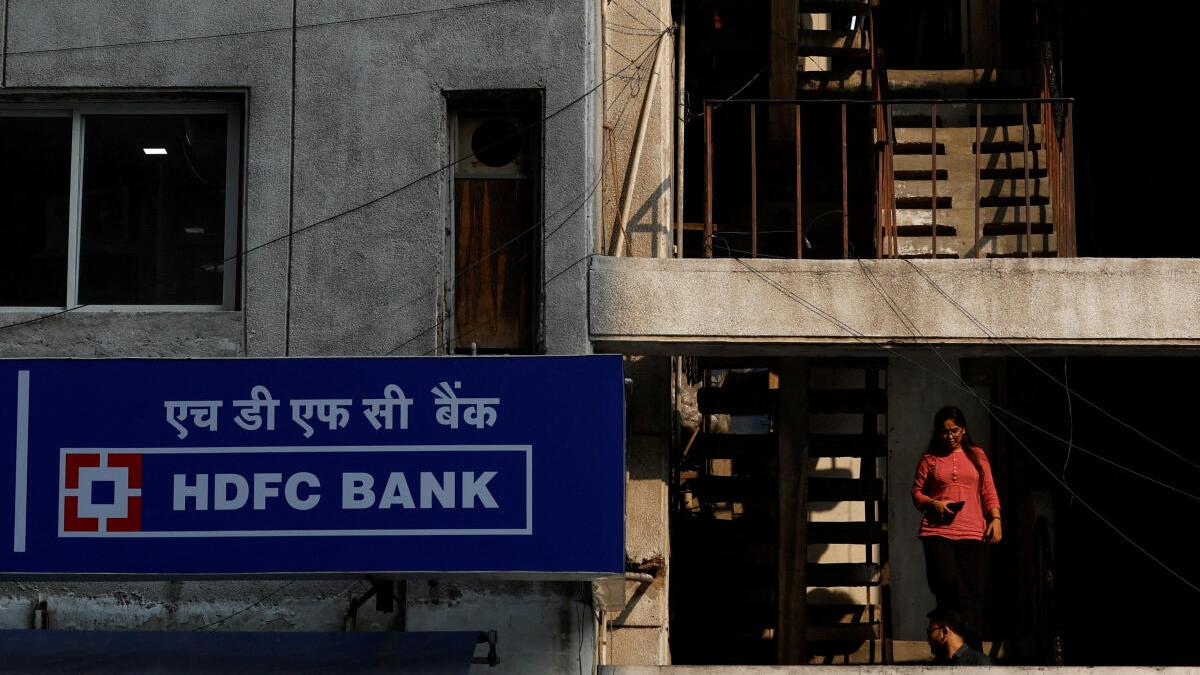Over the last two years, India’s private sector banks have been expanding their physical presence. The two biggest lenders — HDFC Bank and ICICI Bank — opened 3,284 and 1,341 branches, respectively, between 2022 and 2024. Both lenders also increased their workforce, adding 40,305 and 9,204 employees in FY 2024, respectively.
In FY25, however, HDFC Bank added only 994 new employees, while ICICI Bank cut back its workforce by 6,723. The juxtaposition of expanding physical bank presence with a recent slowdown in hirings places Indian banking in new, uncharted waters.
Traditionally, the presence of physical bank branches allowed banks to screen and monitor their borrowers. Proximity to their borrowers made it easier for bankers to gather ‘soft’ information and monitor their loans closely, especially for loans collateralised by movable properties.
In a seminal paper published in 2002, Mitchell Peterson and Raghuram Rajan demonstrated that this model underwent a fundamental shift in the U.S. during the 1980s and 1990s, as banks adopted credit scoring technologies. Information technologies could substitute for the soft information based on local interactions.
The average distance between a bank branch and its borrowers increased as a result. Similarly, the recent wave of digitisation in India has also fundamentally changed the need for close physical proximity between banks and their borrowers.
Over the last few years, the digital revolution in India has streamlined various administrative and logistical tasks related to banking. Consequently, ease of access has improved for many individuals across the country. With the smartphone and 4G revolution ensuring affordable Internet access to the most remote corners, multiple banking services, including account creation, verification (via eKYC), and transactions (via UPI) are now possible online. Given this transformation, are traditional brick-and-mortar bank branches becoming obsolete?
From the turn of the century, physical bank branches expanded significantly. Between 2008 and 2023, the number of commercial branches doubled from 25 per 1,000 sq km to 50. Concurrently, accessibility also improved, with the number of commercial bank branches per 1,00,000 adults rising from 9 to 14. The chart shows the bank branch availability over time.
Both per capita and geographical branch growth have stabilised since 2016. This physical expansion was accompanied by financial inclusion schemes such as the Pradhan Mantri Jan Dhan Yojana, which aimed to provide a bank account to every Indian citizen.
According to the Comprehensive Annual Modular Survey, conducted by the National Sample Survey Organisation, 94.6% of adults have an active bank account (2022-23).
This phase of expansion was followed by a slowdown. Between 2020 and 2022, the rate of bank office closures saw a sharp uptick, despite new branches opening every quarter. Consequently, net bank branch openings fell sharply and stayed flat throughout this period. The chart shows the bank branch openings, closures and net additions over time
This was a period of branch consolidation, with many small branches being subsumed into larger ones.
But from the second half of 2022, banks began re-opening branches, which is reflected in the uptick in net openings. Between 2022Q3 and 2024Q4, 11,963 new bank branches were opened on net, compared to 1,787 net branches between 2020Q1 and 2022Q2.
These closures were largely driven by public sector banks (PSBs), which closed 9,207 branches between 2019 and 2024, compared to private banks, which closed only 579 branches during the same period. PSBs closed an especially large number of branches in 2021 (3,519). From 2022H2 onwards, banks began reopening physical branches in large numbers. While private sector banks cumulatively added 15,537 branches between 2019 and 2024, PSBs added 8,995.
In summary, public banks drove closures, and private banks drove post-pandemic openings. This does not imply, however, that the latter are emerging as substitutes for the former. While fully functioning PSBs are diminishing due to consolidation and amalgamation, they nevertheless continue to service large segments of the population via banking correspondents (BCs).
However, payment banks have emerged as the dominant player in this segment, adding between 1,50,000 and 3,00,000 new banking correspondents every year between 2019 and 2024. In comparison, public banks added between 15,000 and 33,000 new BCs, while the same number for private banks never exceeded 8,000. The chart shows the new bank correspondents by bank group (2019-2024)
Over the last few years, banking in India has undergone a significant churn. Two lessons stand out. One, the reversal of branch closures indicates that brick-and-mortar offices remain an important means of mobilising deposits and providing credit. Bank branches also help impart financial education by spreading awareness about group-specific schemes and potentially facilitating cross-selling of relevant financial products, such as mutual funds and insurance. Two, PSBs and payment banks are rapidly expanding their physical presence via banking correspondents.
Outsourcing basic bank services to BCs has possibly allowed these banks to exclusively offer other services online. Hence, by combining the power of the digital revolution with the continued expansion of their physical presence, Indian banks are entering a “phygital” era, indicating that distance still matters in the digital age.
Nirupama Kulkarni is a Professor at CAFRAL. Advait Moharir is an independent researcher
Published – August 11, 2025 07:00 am IST
